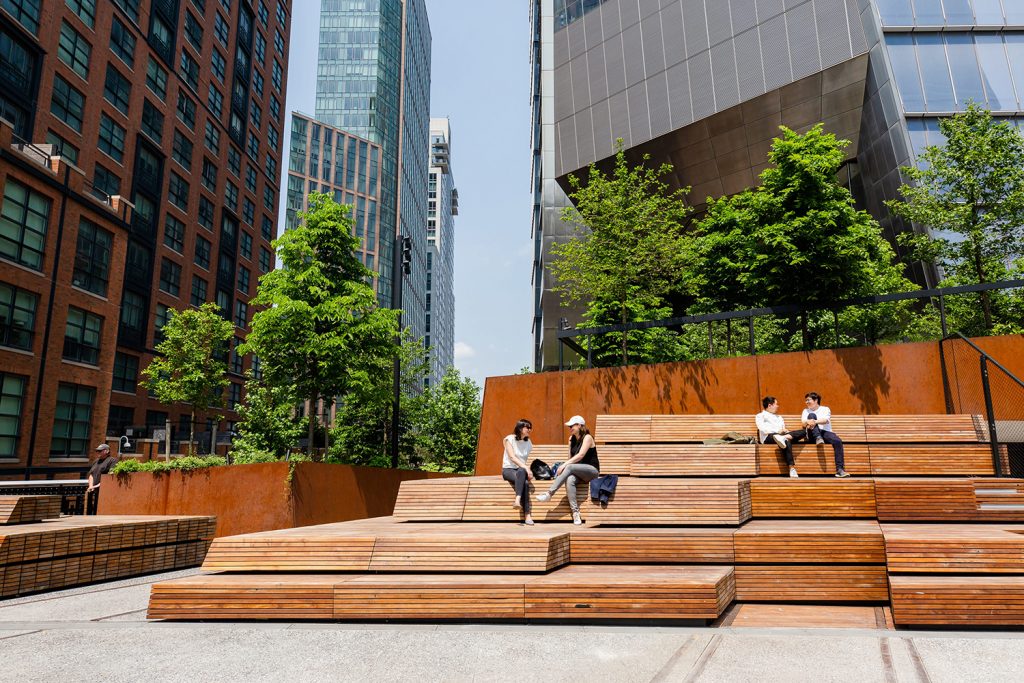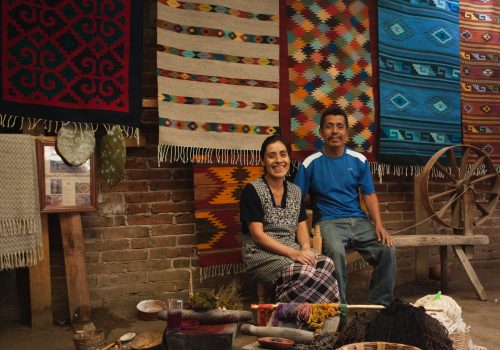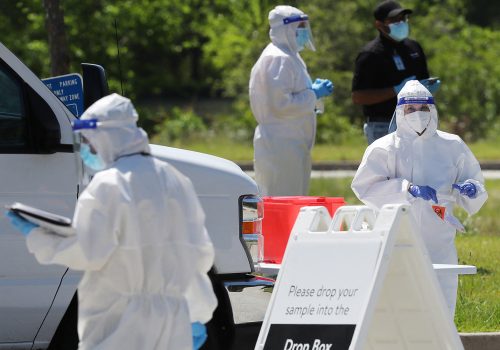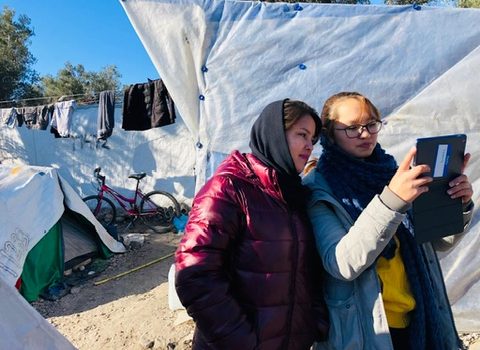While the novel coronavirus (COVID-19) crisis continues to stress governments, economies, and societies around the world, a longer-term problem continues to loom in the background: climate change. The National Oceanic Atmospheric Administration (NOAA) has reported that 2020 is already on pace to be one of the top five warmest years ever documented, following 2019 which was the second warmest year on record.
According to Francis Suarez, mayor of the City of Miami and commissioner on the Global Commission on Adaptation, many government officials have found little time to think about climate change adaptation strategies during the COVID crisis. “This pandemic has been very acute, we are dealing with it day in and day out,” he said during an Atlantic Council event on May 21, while “sea level rise is a phenomenon that we are adapting to and trying to mitigate in a more long-term way.”
But while many officials worry about their potential bandwidths to deal with two major problems at the same time, Dr. Aaron Bernstein, interim director of the Center for Climate, Health, and the Global Environment at Harvard’s T.H. Chan School of Public Health and pediatric hospitalist at Boston Children’s Hospital, explained that both crises “share the same causes and that means they share the same solutions.”
Rather than facing a false choice between addressing one challenge over another, Bernstein argued that “if we do things that address climate change, we are going to do things that make us more resilient” to other threats such as pandemics. He noted that many of “the pre-existing conditions that we know make COVID-19 more dangerous are caused by air pollution,” adding that simply curbing the burning of gas in cities can “not only prevent a huge share of global carbon emissions…but you make it less likely that [people] get sick from COVID and less likely that they die from COVID.” The economic crisis makes these common solutions even more necessary, he said, as “if we have limited resources and limited bandwidth,” policymakers need to focus on “where can we get the most wins for the least cost.”
As the world begins to recover from the COVID-19 pandemic, attention will shift to figuring out how to better prepare for the next one. Kathy Baughman McLeod, Atlantic Council senior vice president and director of the Adrienne Arsht-Rockefeller Foundation Resilience Center, explained that risk is made up of three main components: exposure, vulnerability, and hazard. When looking to build resilience, she continued, addressing vulnerability offers policymakers the best path forward. Efforts to decrease the potential vulnerability of populations, such as lowering air pollution, preventing extreme heat, and building stronger nutrition, can help lessen the impact of future pandemics and other natural disasters, she argued. She highlighted the potential impact of massive tree planting, especially in cities, which has the potential to “cool the temperature [around] 9 degrees…absorb storm water and runoff that can bring waterborne disease and illness…and limit pollution.”
The massive economic damage that has been wrought by the coronavirus lockdowns will certainly have an impact on the ability of governments to enact these types of programs, Suarez conceded. He clarified that for his city, most of the funds for climate resilient projects have already been allocated and are protected, but he explained that most of these efforts were intended to be buffeted by additional federal or state funds, which are now in jeopardy. Bernstein acknowledged the restraints but noted that the pandemic has shown the cost all of society bears for not investing in the solutions that could lower risk. “We need to deal with the problems we know how to prevent now,” he said, adding that citizens should not see these efforts as “a hundred-year proposition. This not a twenty-year proposition, this is a now proposition.”
McLeod added that the pandemic has shown how much our economies and societies are reliant on workers “who are essential” but often face the most risk when it comes to both climate change and health crises. Programs such as urban horticulture and pollution mitigation can help build the resilience of these populations, which in turn will make the entire economy and society more resilient too, she argued. Bernstein added that coronavirus showed “we are only as healthy as the most vulnerable people in the communities in which we live.”
Thankfully, Bernstein argued, the solutions to meeting the threats of climate change and future pandemics are not unknown. “The science could not be clearer about the causes and solutions to pandemics and to climate. We know these things.” Rather, he said, the final hurdle is achieving “the common understanding and the common purpose to do what is necessary.”
David A. Wemer is associate director, editorial at the Atlantic Council. Follow him on Twitter @DavidAWemer.
Further reading:
Image: A new addition, called "the Spurway," in the High Line greenway in New York, New York. (Liz Ligon, Port Huron Times Herald via REUTERS)




